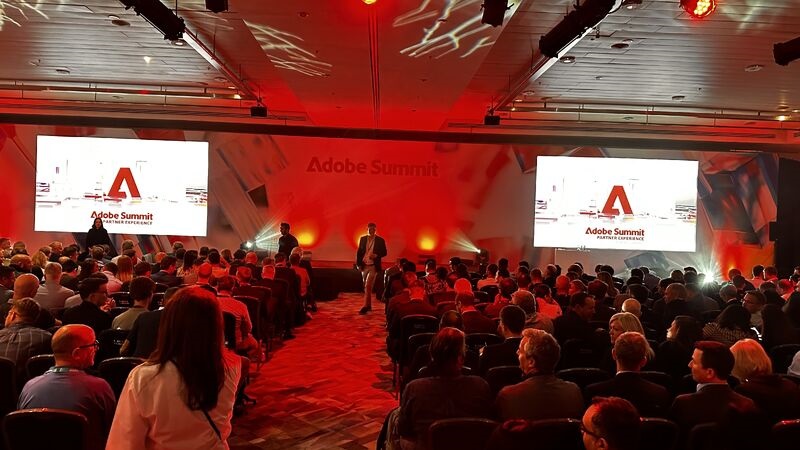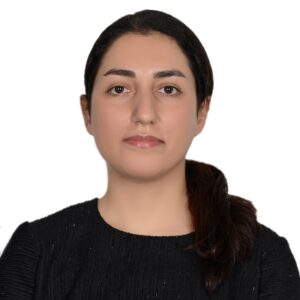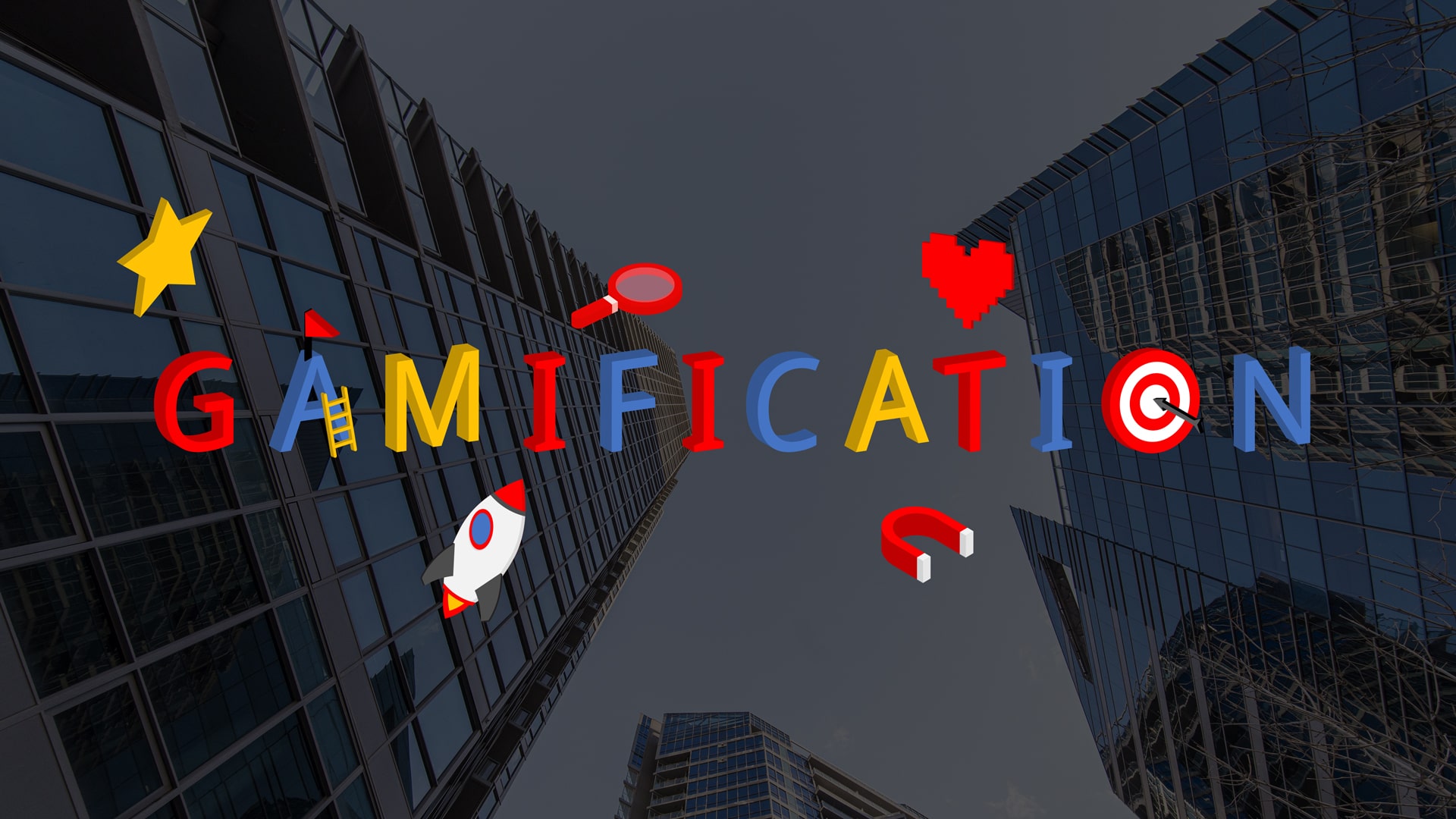
Whether we’re watching sports on TV, watching tutorials on YouTube, or even using social media platforms such as Instagram or X (formerly known as Twitter), we see ads everywhere.
It is safe to say that people aren’t as interested in these ads as they used to be, and they won’t indeed connect with any brand until they’ve had an experience with it. But the real question here is How? Instead of making “claims and promises”, let customers see everything by themselves.
This innovative marketing strategy, known as experiential marketing, is a new type of advertising that makes people trust you immediately. Many industries already use experiential marketing strategies, and you’ll see some of them here, starting with B2B.
Learn more about Experiential Marketing : Experiential Marketing Definition + Real Examples
Experiential Marketing Strategies for B2B
When it comes to business-to-business (B2B) industries, experiential marketing is all about creating engaging and memorable events for potential clients and business partners. These strategies differ from regular ads because they aim to connect with companies and enhance their image. Generally, B2B experiential marketing strategies are about:
- Interacting with the product
- Building credibility
- Education and networking

Interactive Workshops & Gatherings
B2B enterprises may showcase their abilities and get to know their customers better by hosting entertaining events and seminars. Whether it’s a live concert, a video meeting, or a hands-on workshop, providing helpful information in an interactive environment deepens connections and positions the brand as a leader in its industry.
For instance, Salesforce, a top business-to-business cloud computer company, holds Dreamforce, a big event, every year. The event includes keynote talks, hands-on training, and chances to meet others in the field. People can meet the top players in the field, try out the latest products, and talk to you in person. This is an excellent example of engaging B2B experience marketing.
Experiences in virtual reality (VR)
Using VR in B2B experiential marketing introduces an innovative approach. Businesses can make VR tours of their establishments, realistic product demos, or seminars where employees can interact with each other. This is an original way to show off your products or services, and it also lets customers experience the brand for themselves, even if they are far away.
IBM’s VR data center tour is one of the best examples because it lets customers see the company’s data center in a completely new way. This virtual reality (VR) experience lets prospective clients explore IBM’s facilities showing off the company’s strengths in an interesting and useful way. You can’t deny that this is far more engaging than listing “product highlights” on their website.

Gamification
Incorporating gamification takes business beyond transactions and adds an element of fun and engagement. Making games or tasks specific to the company’s products or services excites them and helps deepen client relationships.
During conventions like the Adobe Summit, Adobe uses gamification as part of its B2B marketing plan. This innovative strategy involves creating interactive challenges and competitions within the learning process. By gamifying education about Adobe’s products, the platform enhances client engagement, making the learning experience both enjoyable and effective.
Learn more about Gamification in B2B : Gamification In B2B + 10 Real-World Examples

Experiential Marketing Strategies for B2C
Experiential marketing changes a bit about what it does when working with individuals instead of corporations. Here is what experiential marketing revolves around:
- Emotional connection
- Engagement and entertainment
Pop-up Shops
One way for companies to interact with their audience is via pop-up stores and events. These unique venues provide a short-lived yet memorable experience. With one-of-a-kind items, limited-edition events, and engaging activities, these businesses create heat and a feeling of urgency that draws customers in. It’s a way to get people talking and make an impression that lasts.
For example, modern design and state-of-the-art technology come together at Nike’s premier shops like New York’s “House of Innovation” to provide customers with an unforgettable shopping experience. Customers can customize items, try them out on interactive screens, and even use VR features, turning the store into a stop rather than just a place to shop.
In-store Journeys
A strong B2C approach is to turn stores into interactive places where people communicate with each other. Brands can set up events, demos, or engaging displays in stores so that customers can interact with the products in real life. Shopping is more fun and interesting when you do it hands-on.
Samsung improves the in-store experience by giving customers exclusive spots to check out the latest technology. Samsung makes learning about its products fun by using interactive screens and hands-on demos to show customers what they can do with their technology.

Brand Activation
B2C brands can interact with their target audience in a fun setting by taking part in or holding events. People can talk to each other directly at trade shows, concerts, gatherings, and interactive booths that offer free samples of products. This creates a unique space where the business and customers can connect on a human level.
The Coca-Cola “Happiness Truck” advertisement is an excellent representation of how a brand can manifest itself in the real world. As the truck passes by, it surprises people by handing them free beverages, which makes people happy. Coca-Cola produces moments that people remember by recording genuine responses which would lead to happiness in general.
Experiential Marketing Strategies for Retail
Experiential marketing in retail tries to make shopping more than just a transaction. It’s about giving people unique and fun experiences. There are a couple of core pillars when we are talking about Experiential marketing:
- Immediate customer Interaction
- In-Store atmosphere
- Product-centric experiences
- Brand storytelling within the store
In-Store Events
Having events or workshops in your store gives customers a chance to interact with your products more directly. For instance, a makeup lesson in a cosmetics store or a showcase of new gadgets in a tech shop can provide an interactive experience. These events not only showcase their products but also create a friendly and fun environment.
For example, “Today at Apple” events take place in Apple stores and offer free creative and educational seminars. People can learn how to make music, take pictures, or even how to code. This not only makes shopping at Apple more appealing, but it also helps build a community around the brand, making the shop a place to learn and be creative.

or even Sephora, a massive beauty retailer, has beauty workshops where customers can learn from professionals how to use makeup and take better care of their faces. Beauty fans can find more than just products at this store thanks to the on-site classes, which not only show off goods but also provide a social and educational space.
Interactive AR/VR Displays
Adding interactive and dynamic displays, like virtual dressing rooms using AR in clothing stores, can significantly improve the customer experience. It makes shopping more entertaining and encourages customers to wander the store, allowing them to explore all the products.
“ASOS” is a popular online store in England which offers a wide range of items from different brands, including its own using AR/VR technology. With augmented reality (AR), the company’s Virtual Try-On technology lets buyers see how clothes fit without leaving their homes. This new idea combines the convenience of shopping online with the benefit of a fitting room. It makes shopping more fun and helps customers feel more sure about how the clothes will look on them.
Personalized Shopping
Personalizing the purchase experience to each individual’s preferences is an innovative technique. Using data insights, retailers may provide customers with personalized recommendations or special discounts depending on what they’ve previously purchased. Customers feel valued and understood when they get this particular gesture and are far more likely to return and refer other people to the shop.
There is a unique and special feature in some Adidas stores that makes this brand stand out among competitors. Some Adidas stores have stands where customers can make their boots unique by adding their own colors and patterns. This interactive experience allows customers to show who they are and connect with the product, making shoe shopping a creative and intimate journey.
Experiential Marketing Strategies for Events
By focusing on fun and interesting experiences, experiential marketing brings events to life. These ideas are meant to make events stand out by making people feel more connected to the brand or event. We’re going to explore the world of experiential marketing strategies, which revolve around:
- Creating live experiences that capture attention in the moment
- Networking and establishing deep connections
- Enhancing brand visibility through sponsorships
- Immersive activations
- Time-limited engagement
Interactive Booths
Setting up exciting booths at events with fascinating games and virtual reality items captures people’s curiosity and keeps them entertained. It’s not just about getting people’s attention; it’s also about ensuring that everyone has a good time.

Take “Coachella” as an example. They collaborate with celebrities and businesses to offer unforgettable experiences such as unique zones, interesting booths, and sponsored parties. These collaborations add to the overall pleasure of the event and get people talking about the amazing products on display.
Branded Experiences
To create branded experiences at events, you must create a unique atmosphere that fits the brand’s personality. For example, a music event might have a branded bar area with free stuff, unique decorations, and activities in which people can participate. The guests are more likely to remember the brand, making the event more memorable.

A prime example is SXSW, which is known for its interactive brand activations. Companies like HBO, Spotify, and Google create engaging events that go beyond simple booths. For example, HBO’s Westworld event lets people enter the world of the show, making the experience very interesting and unique.
Live Demos
Hosting live demos gives people who attend your event a chance to get hands-on experience. Whether it is a product launch, a cooking class, or a do-it-yourself course, the event is more meaningful when it gives participants the opportunity to engage with one another and learn from each other. The adoption of this approach allows the organization to highlight its goods and services, with the goal of making the experience both informative and memorable for the customer.
Adobe Summit is a digital experience gathering with hands-on classes where people can try out the newest Adobe tools. Keeping with Adobe’s drive for creativity and innovation, these classes not only teach people new things but also make the atmosphere fun and engaging.
Experiential Marketing Strategies for Tourism
When it comes to tourism, experiential marketing is all about giving prospective visitors a taste of the distinctive activities that a place has to offer. It revolves around:
- Destination-centric experiences
- Storytelling and imagery
- Virtual tours and immersive content
- Local partnerships
Virtual Reality Experiences
By offering potential tourists visual tours of places they want to visit, you can help them plan and imagine their trips and itineraries. This can include AR apps and VR tours, which demonstrate a destination’s attractiveness and conveniences. Therefore, these engaging experiences make you feel connected to the place and excited about going there.
Tourism Australia started a VR program to let people experience iconic and tourist-attraction places in Australia. With virtual reality headsets, people could visit places like the Great Barrier Reef. This immersive approach really took people to Australia and made them want to consider making it their next vacation spot.

Cultural events
Planning cultural events is one of the most effective tactics regarding Experiential Marketing Strategies for Tourism to highlight a destination’s culture and customs. Festivals, food samples, and engaging displays can all be part of the strategy to give people a taste of what they can expect from real visits. By doing things this way, you educate and intrigue people to experience everything the location offers.
Iceland’s “Inspired by Iceland” tourism campaign showcased the country’s unique culture and landscapes. The advertising campaign included music festivals like “Secret Solstice” and asked tourists to post about their trips to Iceland on social media. By focusing on authenticity and community, Iceland was able to attract people looking for unique experiences.
User-Generated Content Campaigns (UGC Content)
A powerful approach is to get tourists to share their stories through user-generated content. Tourism boards can run campaigns encouraging tourists to share their most memorable travel moments or hidden gems, building a sense of community and showing the destination through the eyes of real travelers.
Visit California started the #CaliforniaDreamBig campaign to get people to talk about their love for California. By participating in this user-generated multimedia campaign, tourists became passionate advocates for the many unique attractions across California.
conclusion
While other marketing strategies focus on differences between industries, experiential marketing Strategies offers a unique and personalized way to capture customers’ attention. You just need the marketing experience and expertise to know who your target audience is, which strategies and tools work better, and where you can implement them. We at Dream Farm Agency have already done this for other brands and if you get in touch with us, we can do it for you too.
For a related read, check out: Experiential Marketing Tactics + Top Tips And Examples

Fareena



